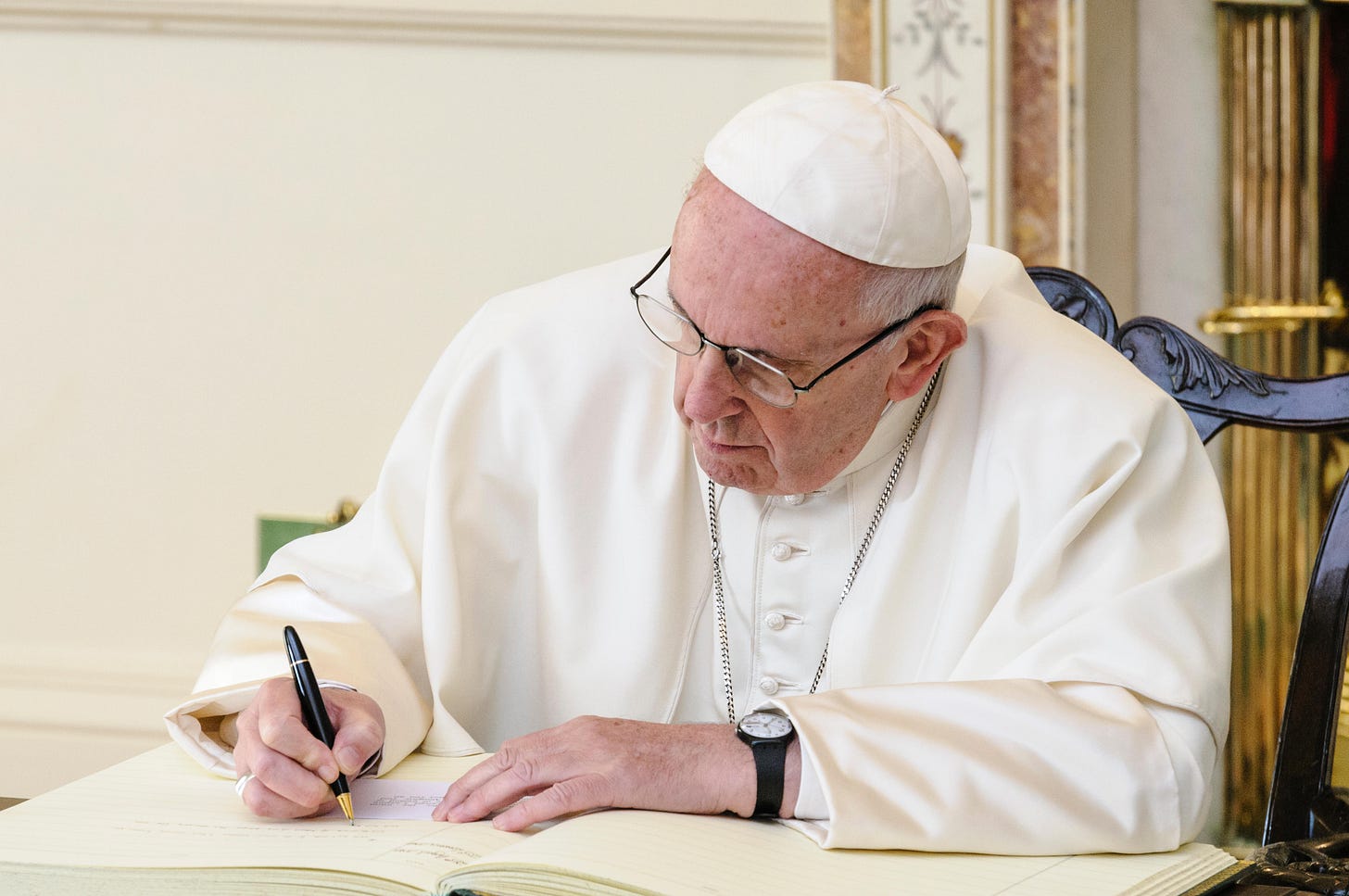Pope Francis has promised to appoint two women to the Dicastery for Bishops, the Vatican department responsible for episcopal appointments. While media attention has focused on an expanded role for women in the selection of new bishops, the most significant aspect of the reform might be something else entirely.
In …

